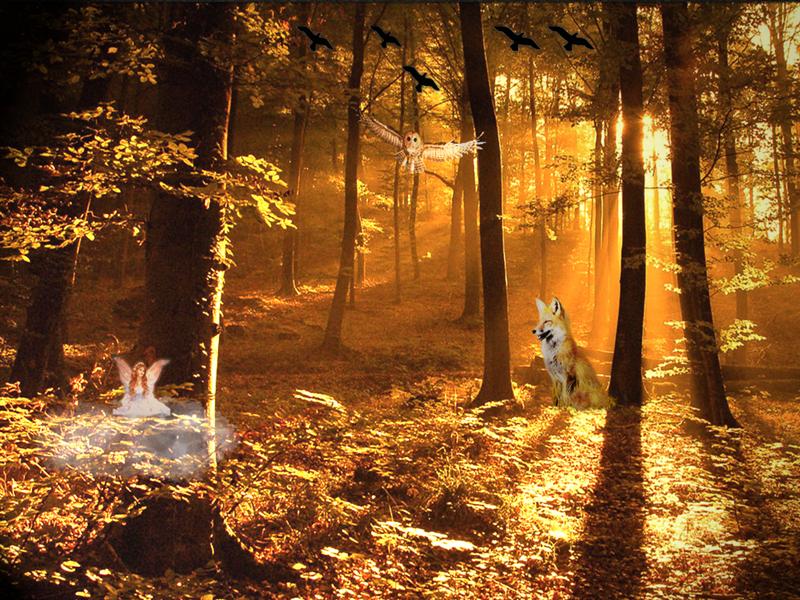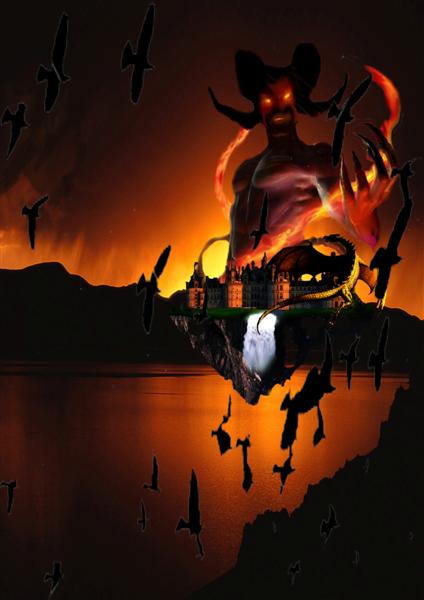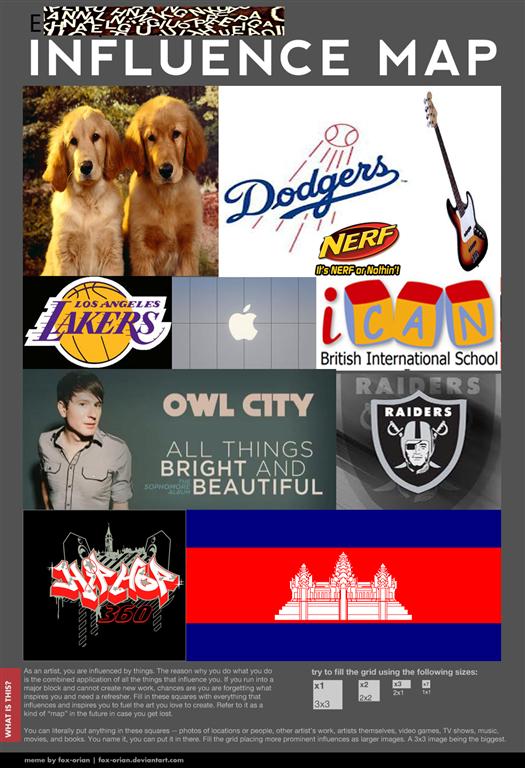Creating fantasy artwork requires a lot of imagination as well as expertise in softwares which are used to create such amazing pictures. Anything is possible; whether it’s a demons lair, a floating castle in the sky or even an old witch in the woods. However to know how to use the software well enough in order to achieve these images is daunting and very little software is as daunting as Adobe Photoshop. Having been the industry standard for over 25 years being an expert in Photoshop takes a lot of practice and time, but I wanted to be able to use it to a good standard to teach it to my pupils. I used a variety of video tutorials and written guides I found online and practiced for a few hours over the summer until I felt I was confident enough to teach the children, this with no prior experience with the software at all.
As teachers we want our children to be creative and imaginative individuals. We use a variety of ways to encourage our pupil’s artistic side including images, books and music. However often the children will think of common ideas they have read in books, seen in films or even played on computer games. In those media the characters may be well rounded and have personality but often the children will insert a character they know and assume you will know their back-story and history through a process of osmosis. I’m sure we have all been there, marking a writing assessment when a famous character pops up- be it James Bond, Harry Potter or Master Chief! The name drop aside many of the characters in the children’s stories are one dimensional ciphers with very little personality or characterisation.
I thought that if the children could create an image of their story world using high end tools it would encourage them to make a more consistent, deeper and richer world. In year 7 none of the children had used Photoshop at all. I introduced the children to the basics of Photoshop using the Influence Map lesson plans I created for year 8. The children were then asked to find a wide variety of images they wanted to use for their fantasy landscape and use the tools taught to them to create a fantasy setting. I taught some of the more complex tools including layer masks, opacity, colours, curves and filters. This is the result after 6 sessions with Photoshop and I think you’ll agree that the work produced is very impressive.






























